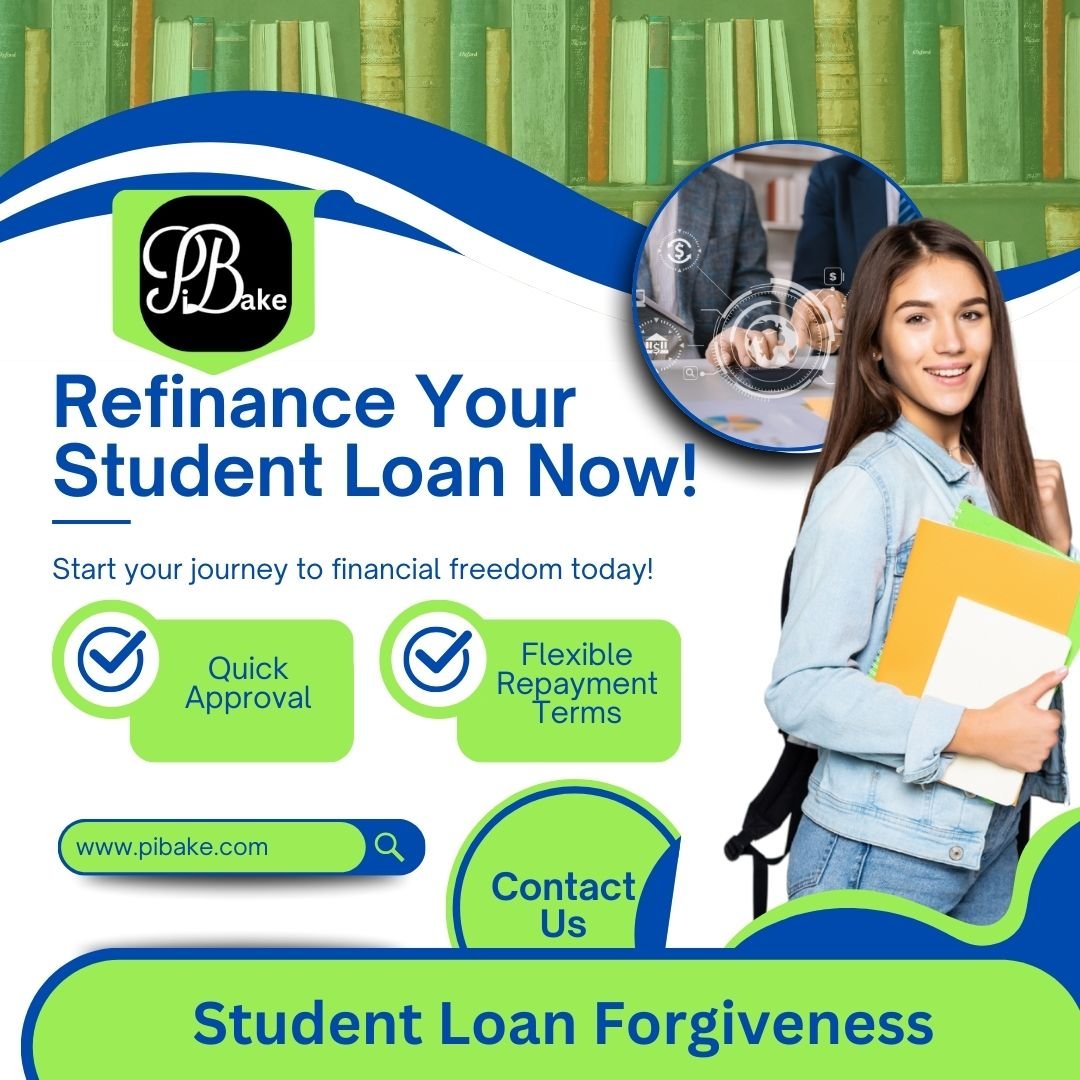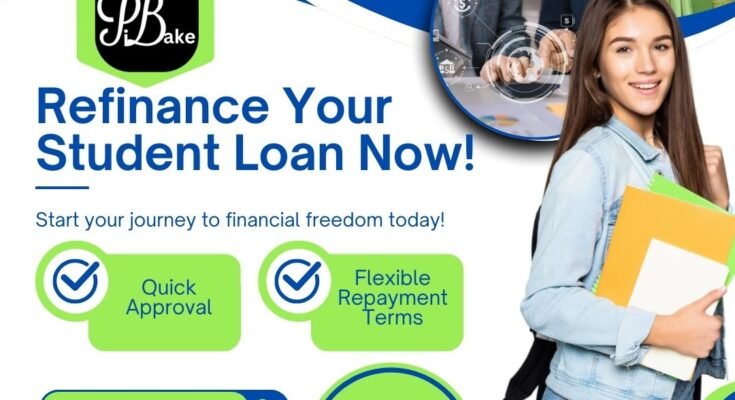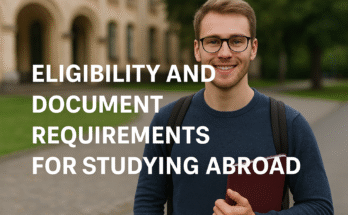student loan forgiveness debt has become a financial burden for millions of people across the United States. The rising costs of tuition, paired with stagnant wages, have left many graduates struggling with loans that can take decades to repay. However, there’s a ray of hope for those carrying the weight of student loan debt: student loan forgiveness.
Understanding the best student loan forgiveness programs and their potential benefits is crucial for anyone looking to ease the stress of their loans. These programs allow borrowers to significantly reduce or even completely eliminate their remaining student loan balance. If you’re drowning in debt, student loan forgiveness could be the lifeline you need to regain control over your finances.
This guide will walk you through the benefits, top programs, and how you can qualify, ensuring you have the information necessary to take full advantage of these opportunities.

Understanding Student Loan Forgiveness
Before diving into the specifics of forgiveness programs, it’s important to understand what student loan forgiveness actually means. Loan forgiveness allows borrowers to have some or all of their student debt erased after they meet certain requirements, such as making a specified number of payments or working in qualifying fields.
Unlike refinancing or consolidating loans, loan forgiveness actually reduces your total debt load. It is often offered to borrowers who choose public service careers or work in specific industries that benefit the public, like education, healthcare, or the military.
By reducing or eliminating your loan balance, student loan forgiveness programs can dramatically improve your financial future, making it easier to achieve other life goals like buying a home, saving for retirement, or even starting a business.
Top Student Loan Forgiveness Programs
Several student loan forgiveness programs are available, each designed to help different groups of borrowers. Below are some of the most well-known and widely available options:
1. Public Service Loan Forgiveness (PSLF)
The Public Service Loan Forgiveness program is one of the most well-known options for borrowers working in government or non-profit sectors. If you work for a qualifying employer, such as a government agency, a 501(c)(3) non-profit, or a public health organization, you can qualify for forgiveness.
Under this program, you need to make 120 qualifying monthly payments while working full-time in a qualifying job. After meeting these requirements, the remaining balance of your Direct Loans is forgiven. This can be a life-changing benefit, especially for those committed to a long-term career in public service.
2. Income-Driven Repayment (IDR) Forgiveness
Income-Driven Repayment plans (IDR) are another option for forgiveness. These plans adjust your monthly payments based on your income and family size, making repayment more manageable. After 20 or 25 years of qualifying payments, any remaining loan balance is forgiven.
There are different types of IDR plans, including Income-Based Repayment (IBR), Pay As You Earn (PAYE), and Revised Pay As You Earn (REPAYE), each with varying terms. Borrowers on these plans can benefit from reduced monthly payments, and after the repayment term is complete, the balance is forgiven.
3. Teacher Loan Forgiveness
Teachers who work in low-income schools can take advantage of the Teacher Loan Forgiveness program. This program offers up to $17,500 in forgiveness after teaching for five consecutive years in a qualifying school.
To qualify, you must teach full-time in a school that serves low-income students. This program is especially beneficial for educators who are committed to helping students in underserved areas, as it provides both financial relief and recognition for their hard work.
4. Military Student Loan Forgiveness
Members of the U.S. military may also be eligible for student loan forgiveness programs. Many branches of the military offer student loan repayment assistance as an incentive for enlisting or reenlisting. These programs vary by branch, but they typically provide a fixed amount of student loan assistance for each year of service.
In addition to federal military benefits, some states offer additional loan forgiveness programs for veterans and military personnel who work in specific sectors.
5. State-Specific Forgiveness Programs
In addition to federal programs, many states offer their own student loan forgiveness options. These state-based programs may target specific professions or regions within the state. For example, some states provide forgiveness to healthcare professionals, teachers, or social workers who work in underserved or rural areas.
Researching the forgiveness programs available in your state is essential, as these can provide additional opportunities for debt relief.
Key Benefits of Student Loan Forgiveness
There are several student loan forgiveness benefits that can significantly improve a borrower’s financial situation. Here are some of the most notable advantages:
1. Reduced Financial Burden
The most obvious benefit of student loan forgiveness is that it reduces your overall debt burden. Once your loans are forgiven, you are no longer responsible for paying back the remaining balance. This relief can save you thousands of dollars and free up your income for other financial priorities.
2. Financial Freedom and Flexibility
With student loans out of the way, you will have more disposable income to focus on other life goals. Whether it’s buying a house, starting a business, or saving for retirement, forgiveness opens up opportunities to invest in your future.
3. Encouraging Public Service Careers
Programs like PSLF encourage individuals to pursue careers in public service, where the work is often rewarding but not as financially lucrative as other fields. By offering loan forgiveness in exchange for public service, these programs help ensure that vital sectors like education and healthcare have the workforce they need.
4. Long-Term Financial Health
Forgiveness programs can improve your long-term financial health. With less debt, you can build savings, improve your credit score, and reduce financial stress. It also gives you the opportunity to make more strategic financial decisions without being weighed down by loans.
5. Psychological Relief
The stress of carrying a significant amount of student debt can be overwhelming. Loan forgiveness provides peace of mind by eliminating the pressure of repayment. This psychological relief can help you focus on other aspects of your life and wellbeing.
How to Qualify for Student Loan Forgiveness
Each forgiveness program has specific eligibility requirements. Here are some general steps to ensure you’re on the right track:
-
Meet the Program’s Criteria: Different programs have different requirements, so make sure you understand the eligibility rules. For example, you may need to work in a certain job for a set number of years, or make payments on a specific type of repayment plan.
-
Track Your Payments and Service: Keep detailed records of your employment, loan payments, and any documentation required for forgiveness. This will help you avoid mistakes and prove that you qualify.
-
Submit Your Application on Time: Ensure you apply for forgiveness as soon as you meet the requirements. Keep track of deadlines and make sure all necessary paperwork is submitted.
Potential Challenges and Considerations
While student loan forgiveness programs are valuable, they come with their own set of challenges:
1. Eligibility Complexity
The eligibility requirements for some programs can be complex. For example, not all employers qualify for PSLF, and Income-Driven Repayment plans require careful monitoring of your income and family size.
2. Tax Implications
In some cases, loan forgiveness may come with tax consequences. For instance, while forgiveness under PSLF is not taxable, forgiveness under IDR plans may be considered taxable income, meaning you could owe taxes on the forgiven amount.
3. Application Delays
Applying for student loan forgiveness can be a lengthy process, and delays are common. Be prepared for a potentially long wait while your application is processed.
The Future of Student Loan Forgiveness
The future of student loan forgiveness programs is uncertain, as they may evolve with changing political climates. Some policymakers are calling for expanded forgiveness programs, while others are discussing potential reforms. Stay informed about any updates to forgiveness policies to ensure you don’t miss out on any opportunities.
FAQ
Can private student loans be forgiven through government programs?
Unfortunately, private student loans are not eligible for forgiveness under government programs like Public Service Loan Forgiveness (PSLF) or Income-Driven Repayment (IDR) plans. These forgiveness programs are designed specifically for federal student loans. However, some private lenders offer their own forgiveness options, typically for borrowers who work in qualifying careers, such as education or healthcare. It’s essential to check with your private loan servicer to explore any possible relief options.
How long does the student loan forgiveness process take?
The time it takes for student loan forgiveness to be granted can vary depending on the program. For example, under the Public Service Loan Forgiveness (PSLF) program, you must make 120 qualifying monthly payments over the course of about 10 years before forgiveness is granted. For Income-Driven Repayment (IDR) forgiveness, borrowers can expect a minimum of 20 to 25 years of qualifying payments before their loans are forgiven. It’s important to start the process early and stay consistent with your payments to ensure eligibility.
Do I need to work in a full-time position to qualify for student loan forgiveness?
Yes, in most cases, student loan forgiveness programs, such as the Public Service Loan Forgiveness (PSLF) and the Teacher Loan Forgiveness program, require borrowers to work full-time in a qualifying job. The exact definition of full-time can vary by program, but it typically means working at least 30 hours per week. Part-time employment may not qualify unless specified by the specific forgiveness program.
Can I switch between different repayment plans while pursuing forgiveness?
Yes, you can switch between different Income-Driven Repayment (IDR) plans while pursuing student loan forgiveness. However, it’s essential to make sure that your new plan continues to meet the eligibility criteria for forgiveness. For example, under IDR forgiveness, switching to a different plan may reset your monthly payments or change your repayment term, which can impact the timeline for forgiveness. Always check with your loan servicer to ensure the new plan doesn’t interfere with your progress.
Will my forgiven student loans be taxed?
In some cases, yes—student loan forgiveness can have tax implications. Federal student loan forgiveness under the Public Service Loan Forgiveness (PSLF) program is not taxable. However, forgiveness under Income-Driven Repayment (IDR) plans may be considered taxable income by the IRS when the debt is forgiven. The forgiven amount could be taxed as regular income, which may result in a significant tax bill in the year of forgiveness. It’s essential to plan ahead and consult a tax professional to understand the potential tax impact on your forgiven loans.
Read more
Comprehensive Guide to the H-1B Visa
Top Car Insurance Quotes
Conclusion
Student loan forgiveness programs offer an incredible opportunity for borrowers who are struggling with student debt. By understanding the best student loan forgiveness programs, the student loan forgiveness benefits, and how to qualify, you can take steps toward reducing or even eliminating your student loans.
Whether you’re working in public service, teaching, or serving in the military, there’s likely a forgiveness program that can help you. Don’t wait—explore your options today and take the first step toward a brighter, debt-free future!



